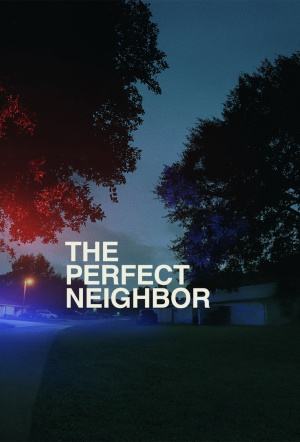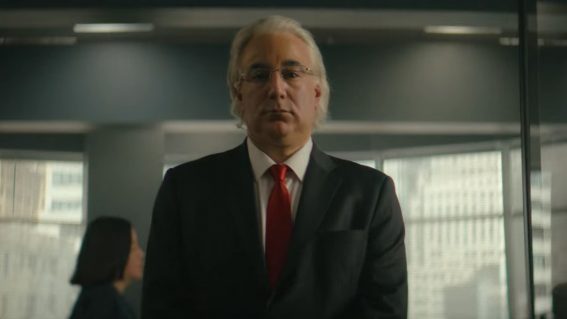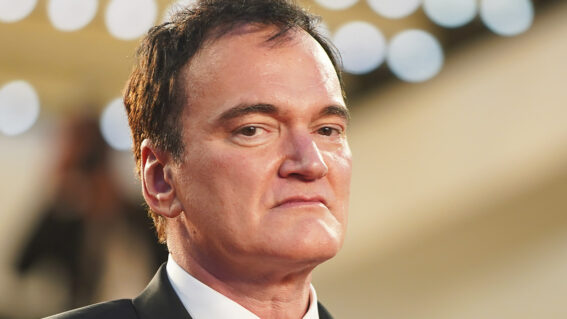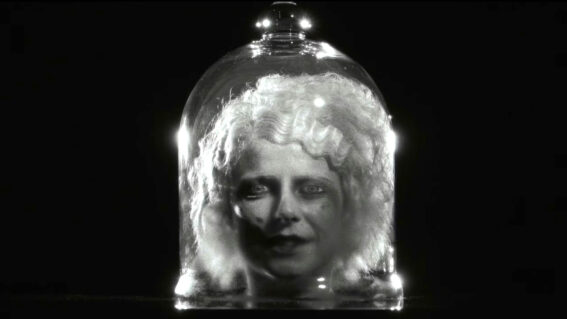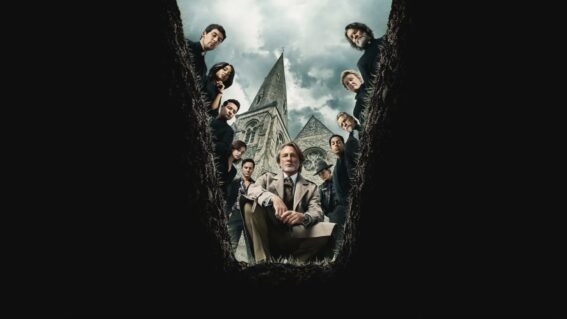The Perfect Neighbor turns bodycam footage into a gut-punch documentary
Part true crime and part social study, Netflix’s hit documentary uses police bodycam footage to explore how fear and racism fuel tragedy.
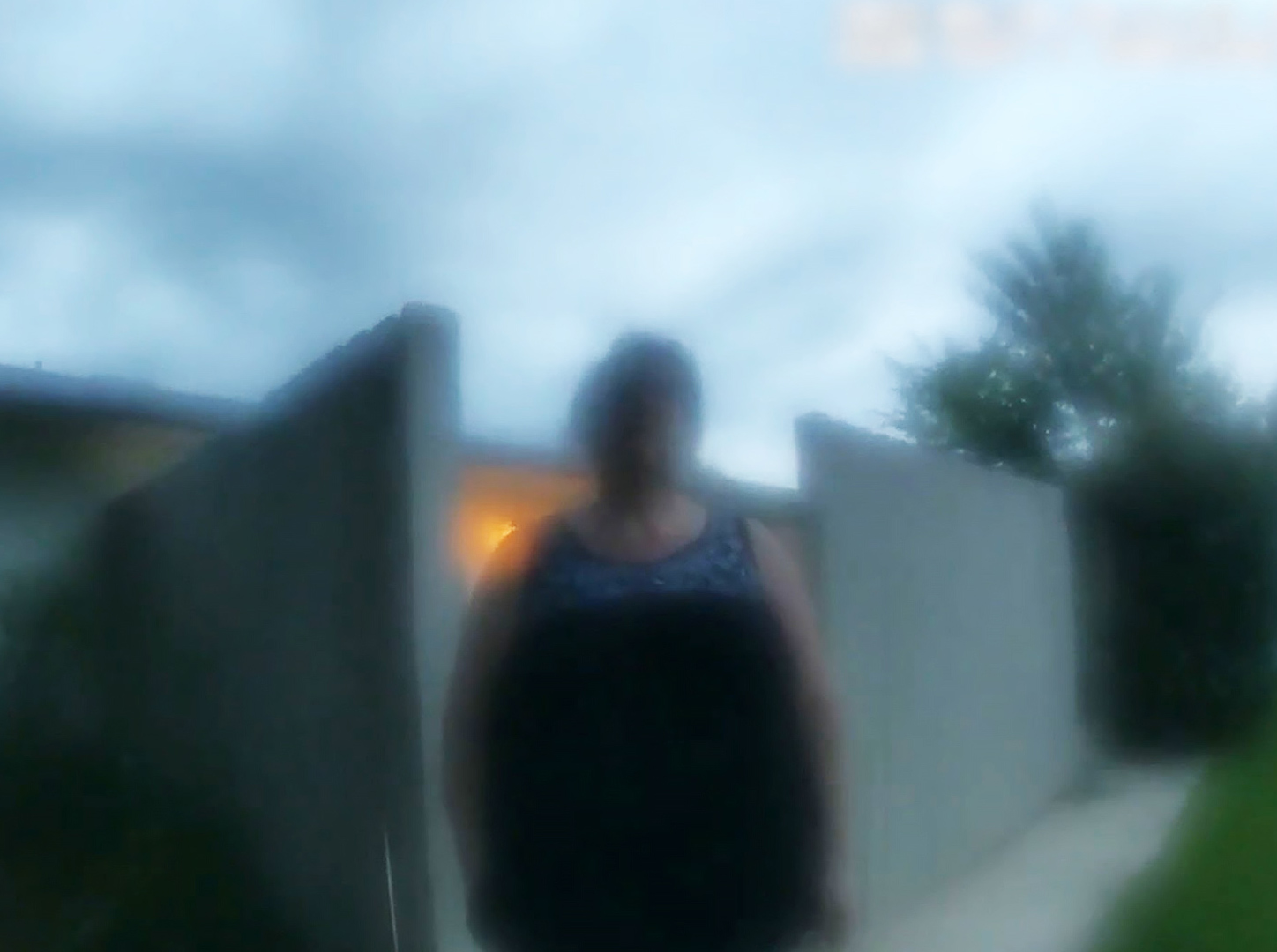
Geeta Gandbhir’s intensely gripping film about the killing of a Black woman in suburban Florida, and the escalating circumstances leading up to it, belongs to a long lineage of “fly on the wall” documentaries. These films share realism and observational details as core features, intending for the screen, the camera, and any other evidence of a manufactured experience to disappear, rendering the viewer as the equivalent of an unseen observer.
Where The Perfect Neighbor spectacularly differs is in its presentation style. It’s mostly composed of police bodycam footage, with shots unfolding in a perspective very close to first-person—a technique rarely used in cinema but one that’s gained some traction recently, with Steven Soderbergh’s experimental horror movie Presence and RaMell Ross’ period drama Nickel Boys.
In a sense the images in The Perfect Neighbor are highly cinematic—with a visceral, very striking visuality. In another sense, they’re not cinematic at all; the camera becomes an embodied presence rather than a tool for sculpting the details of a scene. One assumes that this format will remain an aberration in the visual structure of documentaries, but maybe we’re only seeing the beginning of films shot on wearable devices, with various models of augmented reality glasses soon to arrive on the mass market, enabling point-of-view recordings and live streaming.
Perhaps Gandbhir’s greatest achievement is that her film’s distinctive visual style doesn’t feel gimmicky or overworked. Instead it feels grounded, even restrained, transforming what could’ve been lurid or voyeuristic into a journalistically credible work that resists spelling out its messages through the explanatory crutch of voice-over or talking heads. It investigates the death of Ajike Owens, a mother of four who was shot and killed by her neighbor, Susan Lorincz, in a case that tested Florida’s “stand your ground” laws, whereby people are legally allowed to deploy deadly force if they believe their lives are in danger.
The film begins at night inside a police car, parked next to a main road. We hear a 911 call (“someone got shot!”) and watch the vehicle race to the scene of the crime. Visually the tone is gritty, raw, restless, and agitated, spiced up with elements one might, in another context, describe as clever embellishments: dramatic flashings of red and blue lights; the projection of a cop’s shadow as they run across the grass.
The next scene jumps backwards in both time and space, cutting to an aerial drone shot of the neighbourhood. Here a lesser director might deploy narration like: “This was the street where Ajike Owens lived. This is the grass upon which she took her last breath.” But Gandbhir’s documentary is a class act, methodologically retracing a terrible spiral of events. The police visited the neighbourhood multiple times in relation to various domestic incidents, typically involving calls from Lorincz herself, complaining about Owens’ kids and what she claims was aggressive behaviour.
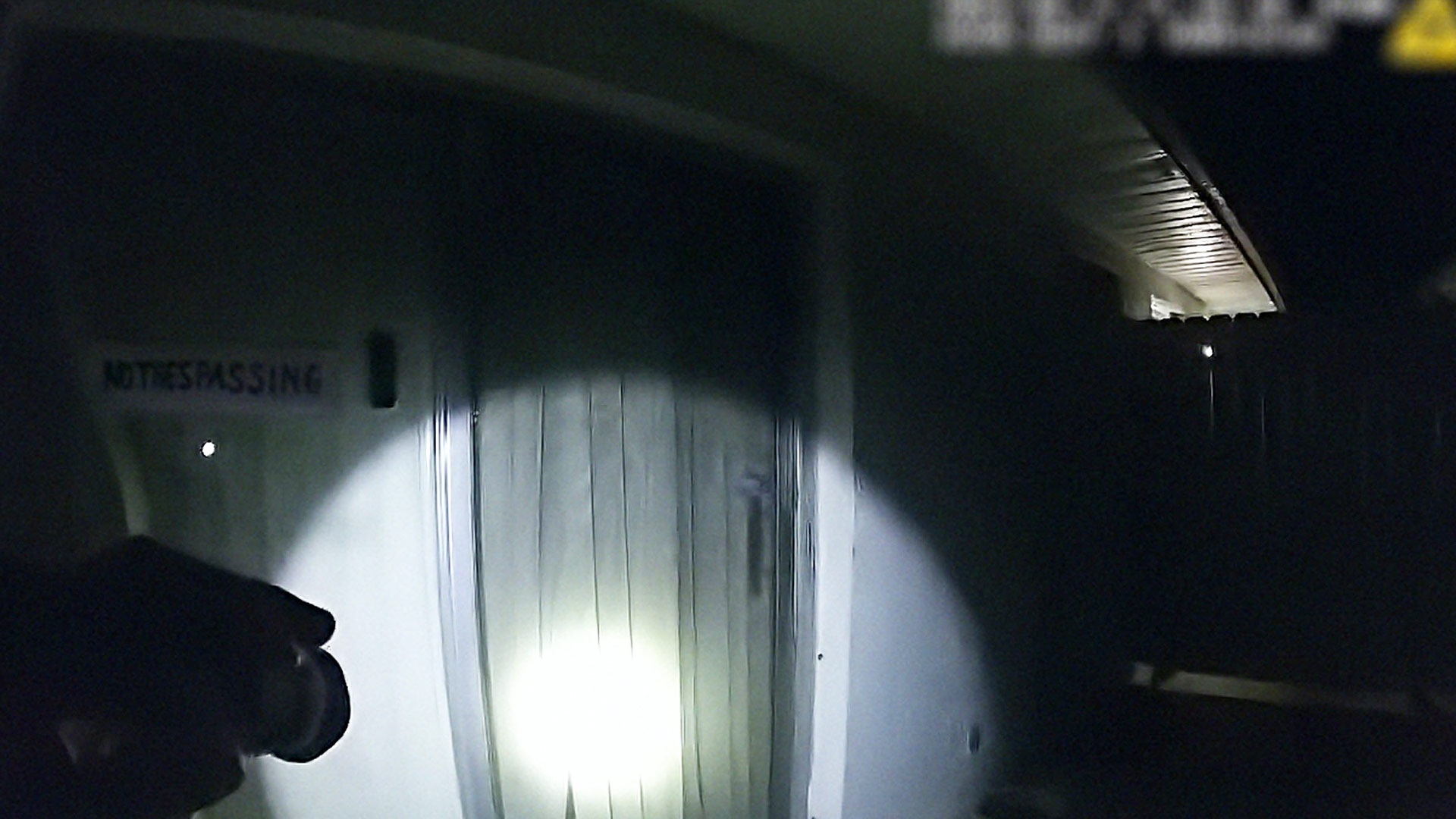
Should this be viewed through the context of a white person attempting to leverage the power of the police? Is it reasonable to suggest that Lorincz would be aware of (perhaps also attempting to exploit) systematic discrimination against people of colour, who, for entirely understandable reasons, might not be as willing to pick up a phone and summon the cops?
These sorts of big, thorny questions arise from the nature of content; they’re not directly signposted by the director. Maybe you won’t contemplate these questions at all and ponder entirely separate ones. This is a documentary that encourages viewers to turn it over in their minds, examining it for different shades of light and dark.
It’d be a bridge too far to call the film impartial—in fact, it’s dedicated to Owens’ children—but it certainly feels as though Lorincz has condemned herself, and Gandbhir has judiciously arranged the narrative of what happened. The only real rupture of that composure lies outside the film itself, in that horribly ironic title.





